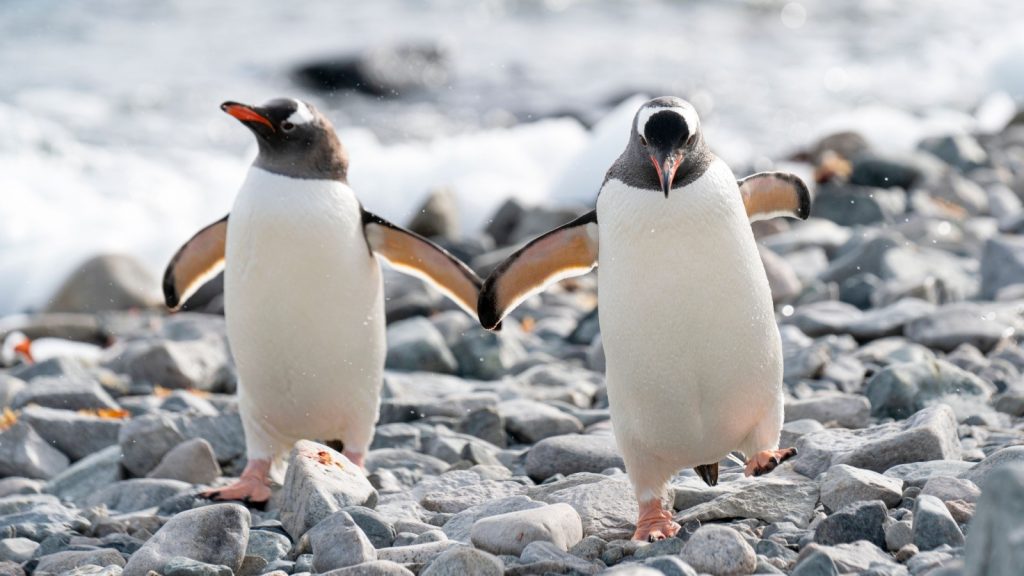There’s something incredible about the way animals survive in some of the most extreme conditions on Earth. Whether it’s the scorching heat of deserts, the icy landscapes of the Arctic, or the crushing pressure of the deep sea, animals have evolved remarkable adaptations to thrive where life might seem impossible. I find it fascinating how each species has developed unique ways to cope with environmental challenges. From thick fur to specialised diets, these adaptations are a testament to the resilience of life. Join me in exploring 18 amazing examples of how animals master the art of survival.
1. Camels Store Fat in Their Humps
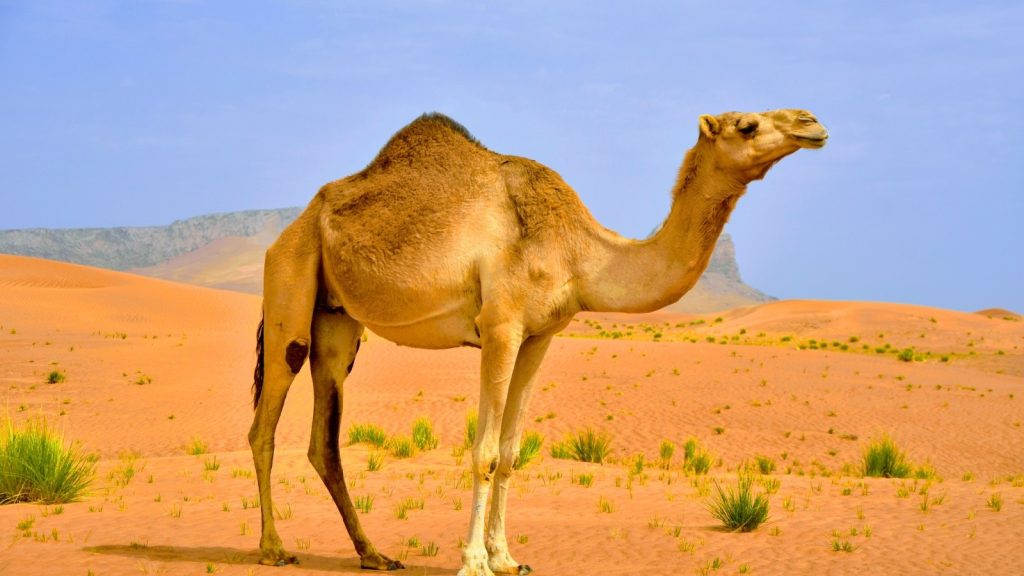
Camels are famous for their humps, but contrary to popular belief, these humps don’t store water. They actually store fat, which the camel can break down into water and energy when food is scarce. This adaptation is crucial for their survival in arid desert environments, where both water and food are hard to come by. It allows them to go for days, even weeks, without drinking, while maintaining their body condition.
2. Polar Bears Have Black Skin
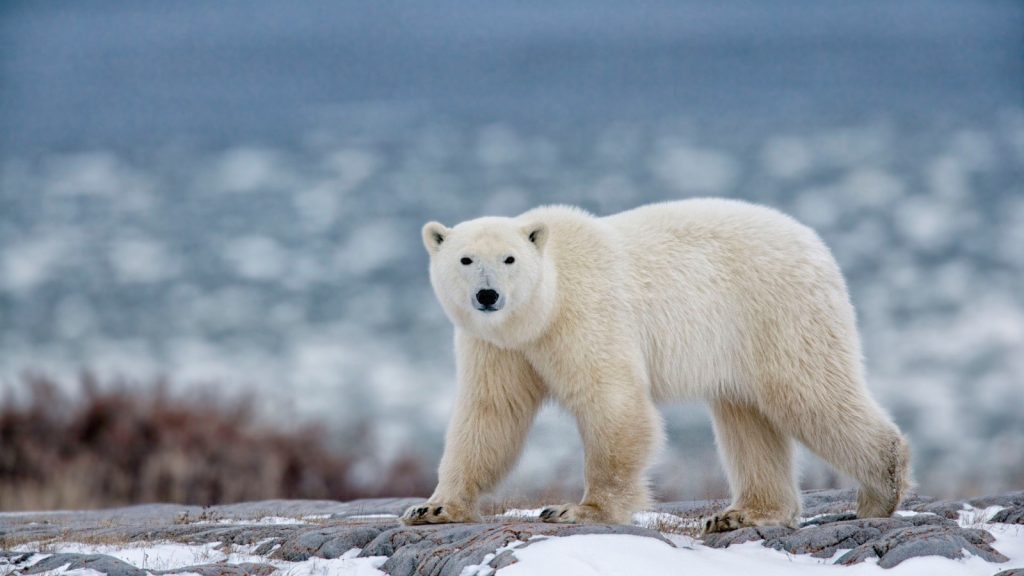
Underneath their thick white fur, polar bears actually have black skin. This helps them absorb and retain heat from the sun, a vital adaptation for life in the Arctic. Their white fur provides excellent camouflage in the snow, but it’s the black skin that ensures they don’t lose too much body heat. Coupled with their insulating blubber, this keeps them warm in one of the coldest environments on Earth.
3. Tardigrades Can Survive in Space
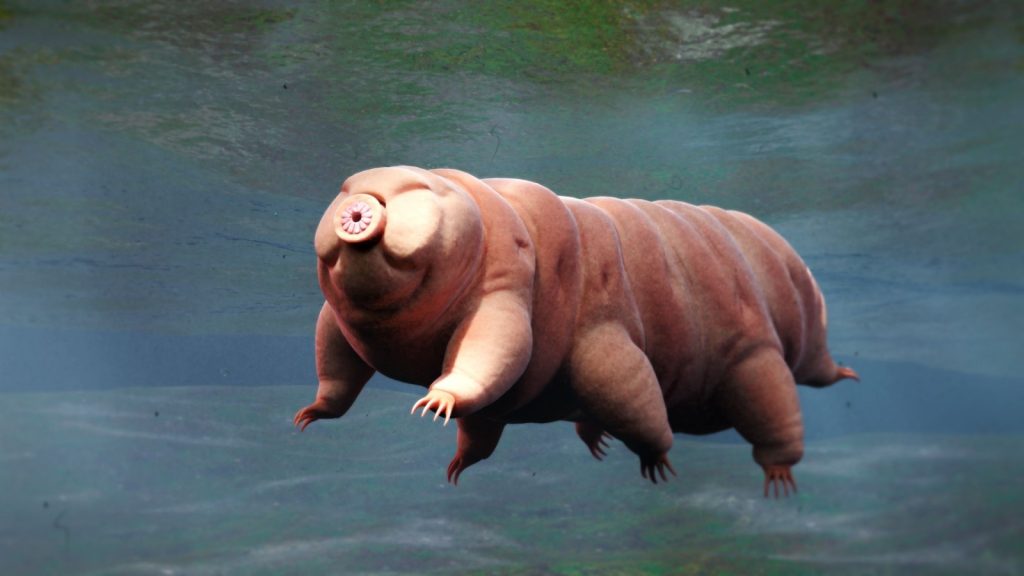
Tardigrades, also known as water bears, are some of the most resilient creatures on the planet. These tiny animals can withstand extreme radiation, freezing temperatures, and even the vacuum of space. They achieve this by entering a state called cryptobiosis, where they dry out almost completely and their metabolic activity drops to near zero. In this state, tardigrades can survive for years until conditions improve.
4. Desert Lizards Absorb Water Through Their Skin
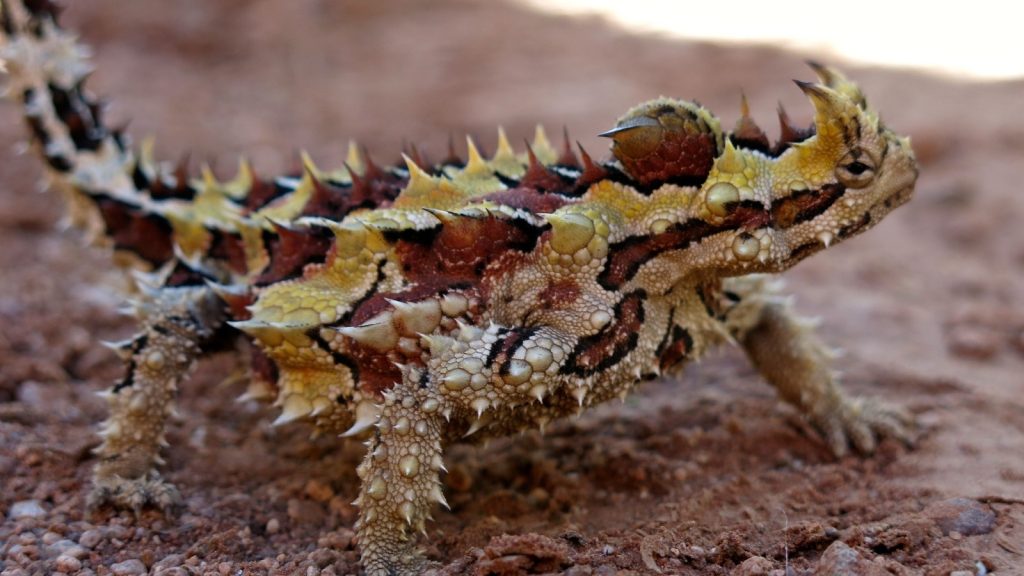
Some desert lizards have evolved the remarkable ability to absorb water directly through their skin. Species like the thorny devil can gather water from dew and rain that trickles down their body, which is then channelled to their mouth. This ability allows them to survive in the harsh, water-scarce conditions of the Australian outback, where rainfall is rare and unpredictable.
5. Arctic Foxes Grow Thicker Fur in Winter
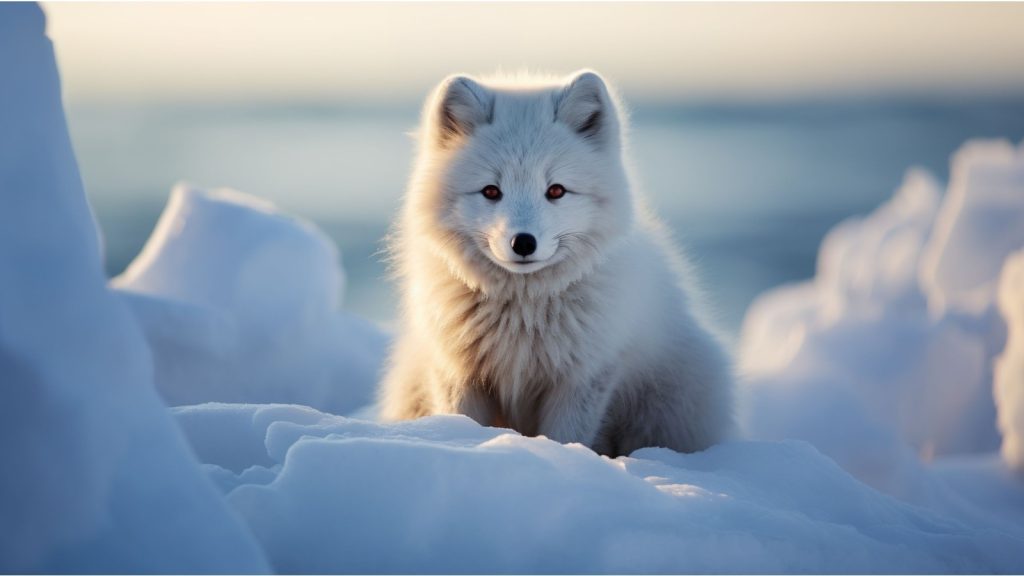
The arctic fox is an expert at staying warm in freezing conditions. It has a thick coat that changes with the seasons – in winter, it grows even thicker, and its colour shifts to white for camouflage in the snow. This extra insulation helps the arctic fox withstand temperatures as low as -50°C, making it one of the hardiest animals in the Arctic.
6. Penguins Have Counter-Current Heat Exchange
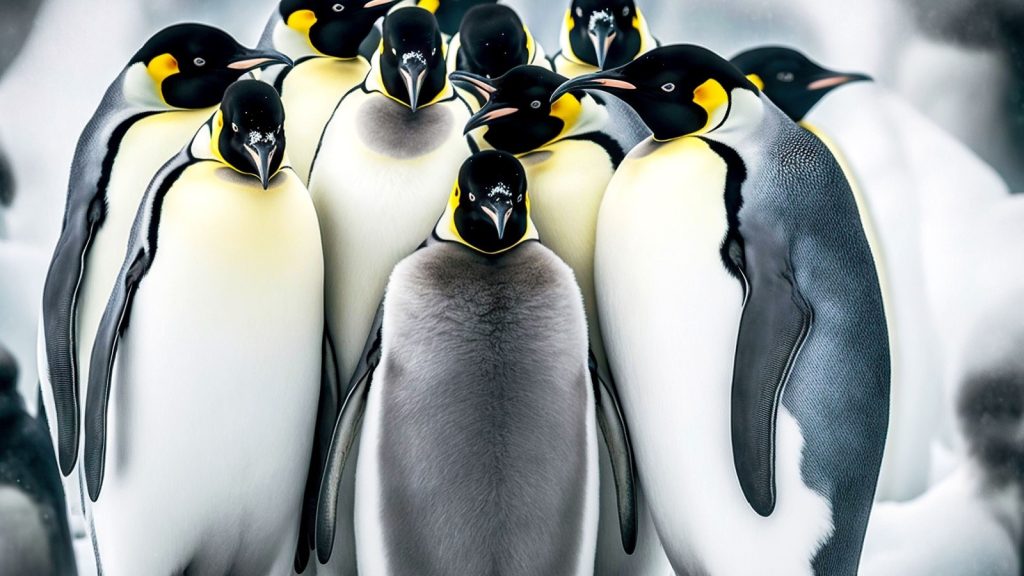
Penguins have a clever adaptation called counter-current heat exchange in their flippers and legs. This system allows warm blood flowing to their extremities to heat up the cold blood returning from them, reducing heat loss in icy waters. This mechanism helps penguins conserve body heat while swimming in freezing temperatures, enabling them to dive for food without losing too much warmth.
7. Fennec Foxes Have Large Ears for Cooling
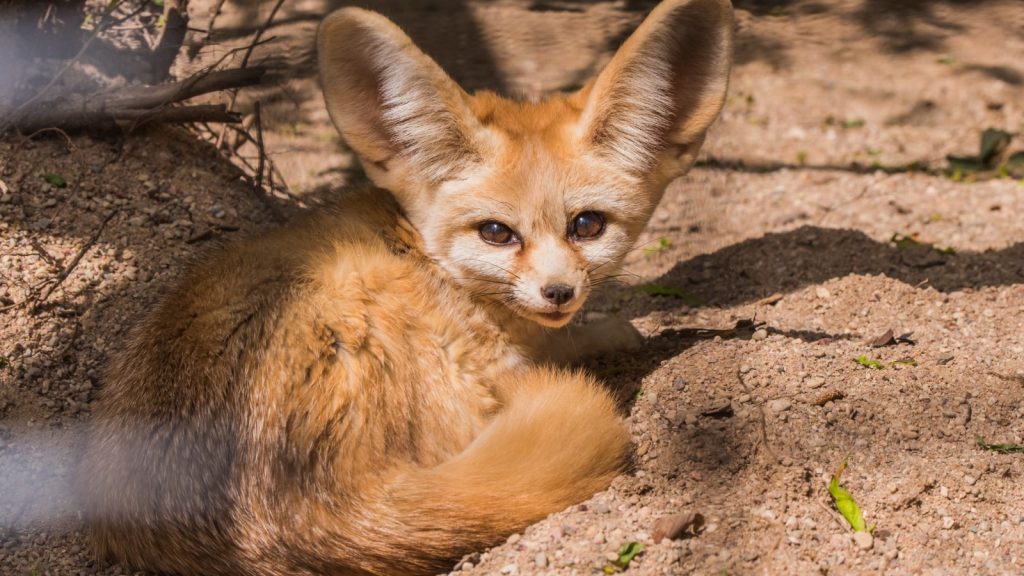
The fennec fox, native to the Sahara Desert, has large ears that serve as a built-in cooling system. These oversized ears are packed with blood vessels, which help dissipate heat and keep the fox cool in the scorching desert sun. Their light-coloured fur also reflects sunlight, and they are nocturnal to avoid the heat of the day.
8. Wood Frogs Freeze Themselves
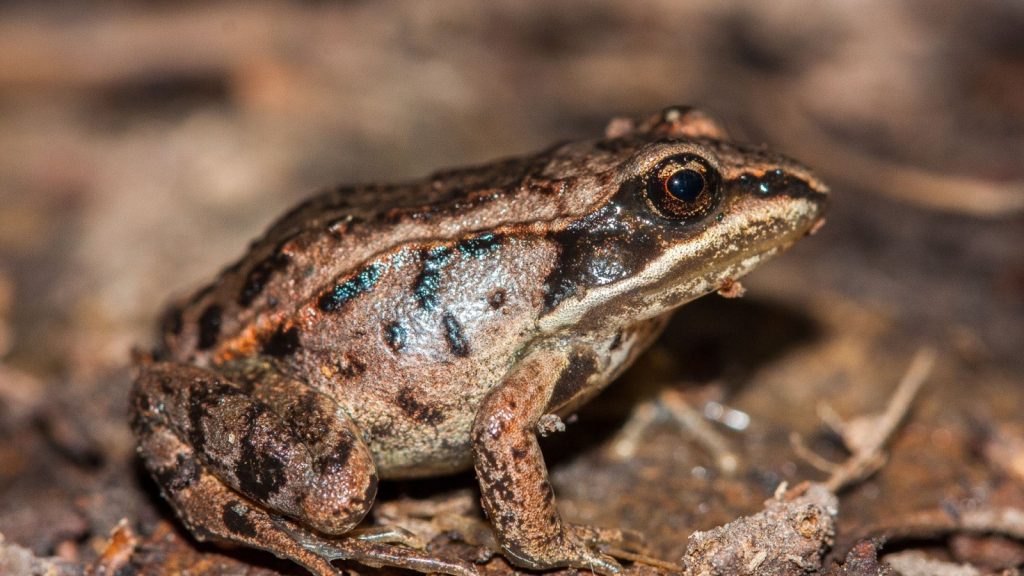
Wood frogs have an extraordinary adaptation for surviving cold winters – they freeze themselves. During winter, they can allow up to 65% of the water in their bodies to freeze, entering a state of suspended animation. Their cells produce a type of antifreeze to protect vital organs, and when the temperature rises, the frogs thaw out and resume their normal activity, as if nothing happened.
9. Sea Otters Use Tools
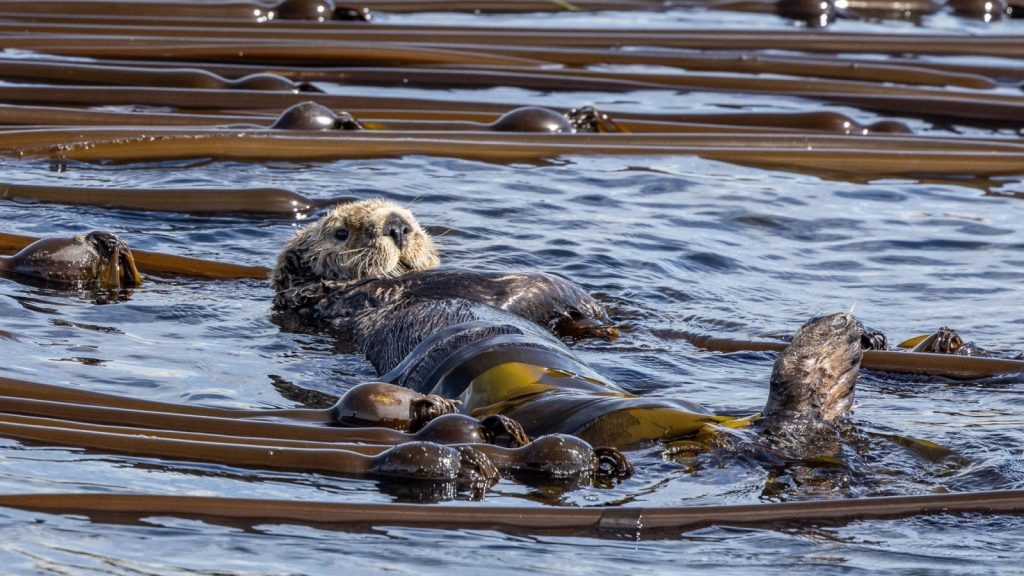
Sea otters are one of the few non-human animals known to use tools. They often carry a favourite rock with them, which they use to crack open shellfish. Sea otters also have dense fur – the thickest of any animal – which insulates them in cold ocean waters where most animals would succumb to hypothermia. This combination of smarts and survival gear makes them expert foragers.
10. Elephants Use Their Ears to Cool Down
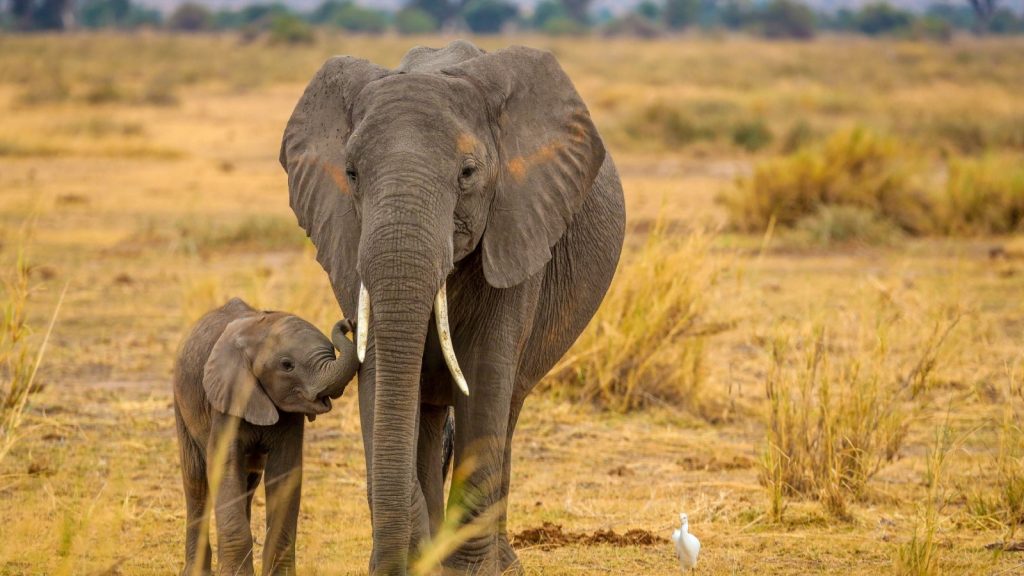
Elephants are equipped with large, flappy ears that do more than just help them hear. These ears contain a network of blood vessels close to the surface, and by flapping their ears, elephants increase airflow and cool their blood. This adaptation is particularly useful in the hot climates of Africa and Asia, where temperatures can soar.
11. Kangaroo Rats Never Drink Water
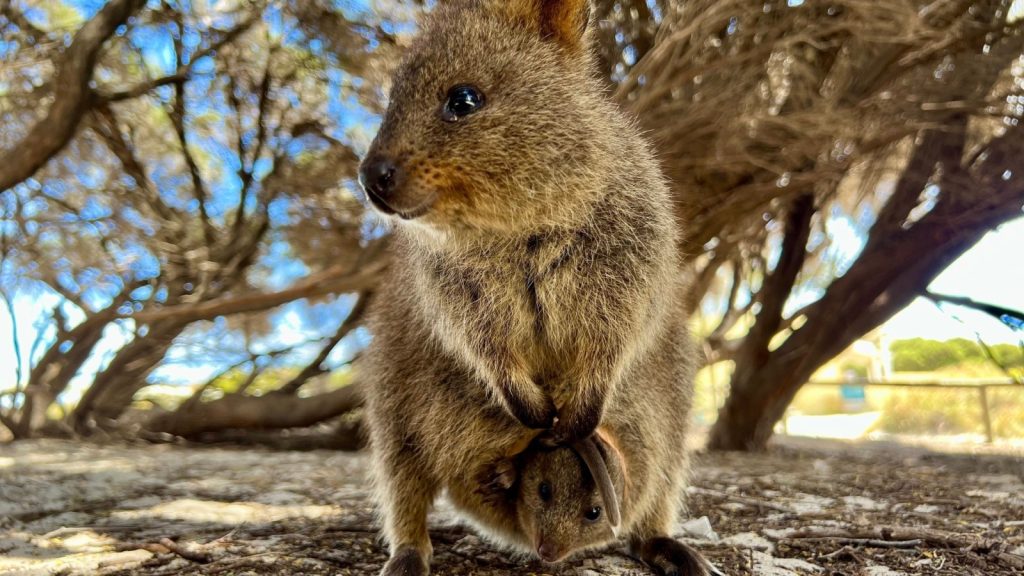
The kangaroo rat, native to North America’s deserts, never needs to drink water. It gets all the moisture it needs from the seeds it eats, and its kidneys are so efficient that they produce highly concentrated urine, conserving every drop of water. This adaptation allows the kangaroo rat to survive in environments where water is virtually non-existent.
12. Snow Leopards Have Extra-Long Tails
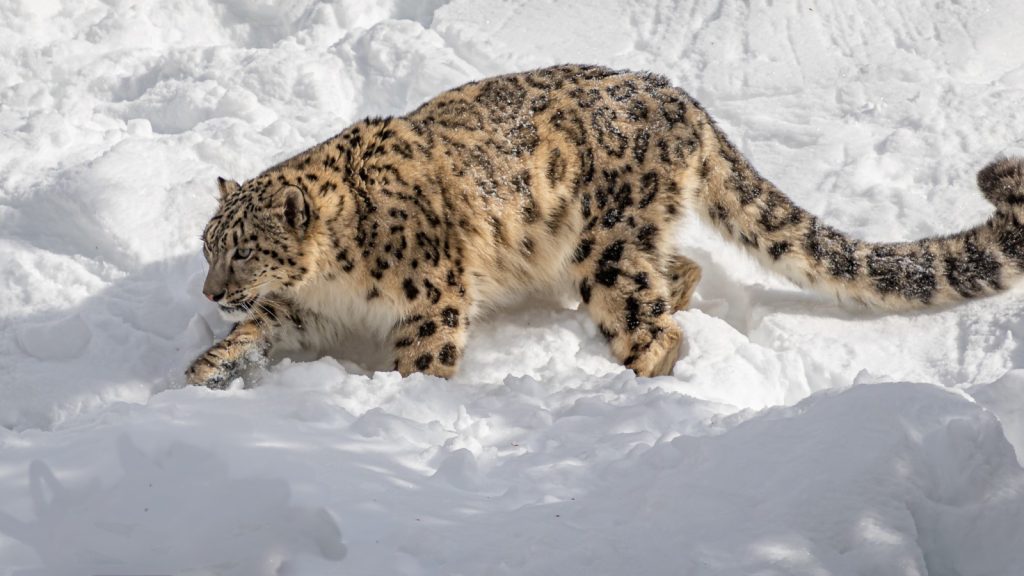
Snow leopards live in cold, mountainous regions, and their long tails are a key survival tool. These tails help them maintain balance while climbing steep, rocky terrain. In addition, the tail serves as a blanket – snow leopards wrap it around their bodies to keep warm while resting in the cold.
13. Deep-Sea Fish Produce Their Own Light
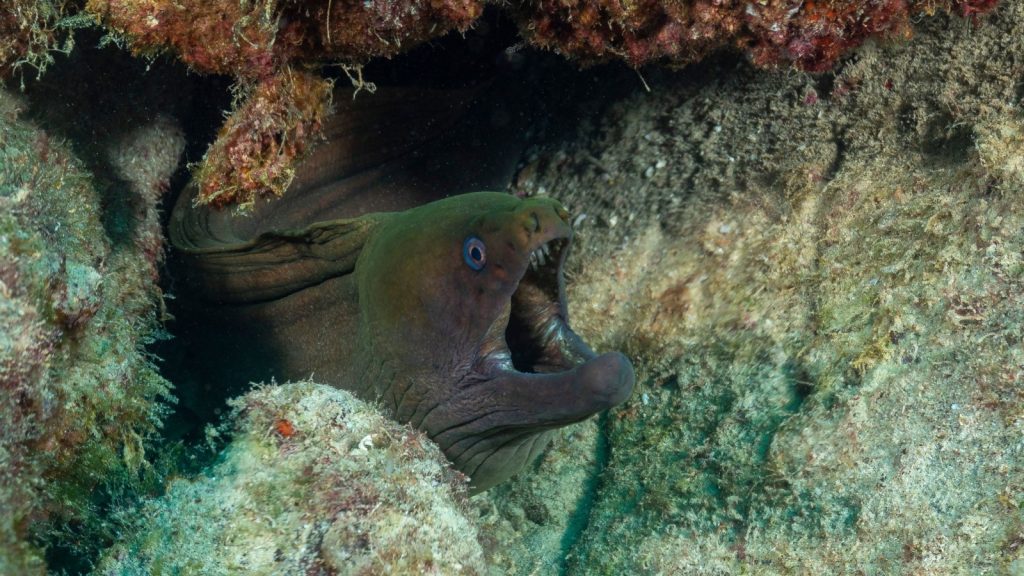
Many deep-sea fish have bioluminescence, meaning they can produce their own light. This helps them survive in the pitch-black depths of the ocean, where sunlight never reaches. Bioluminescence can be used to attract prey, communicate with others, or confuse predators. It’s a crucial adaptation for life in one of the most extreme environments on Earth.
14. Giraffes Have Reinforced Blood Vessels
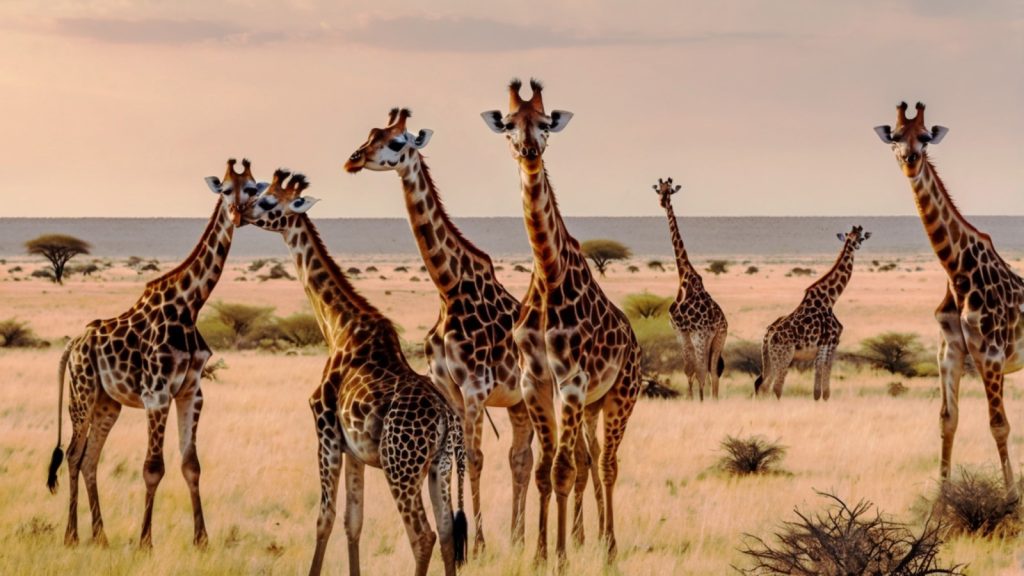
A giraffe’s long neck creates unique challenges, especially when it lowers its head to drink. Without special adaptations, the blood rushing to the brain could cause a giraffe to pass out. To prevent this, giraffes have reinforced blood vessels and a complex valve system that regulates blood flow and prevents sudden changes in pressure.
15. Antelope Jackrabbits Reflect Heat with Their Fur
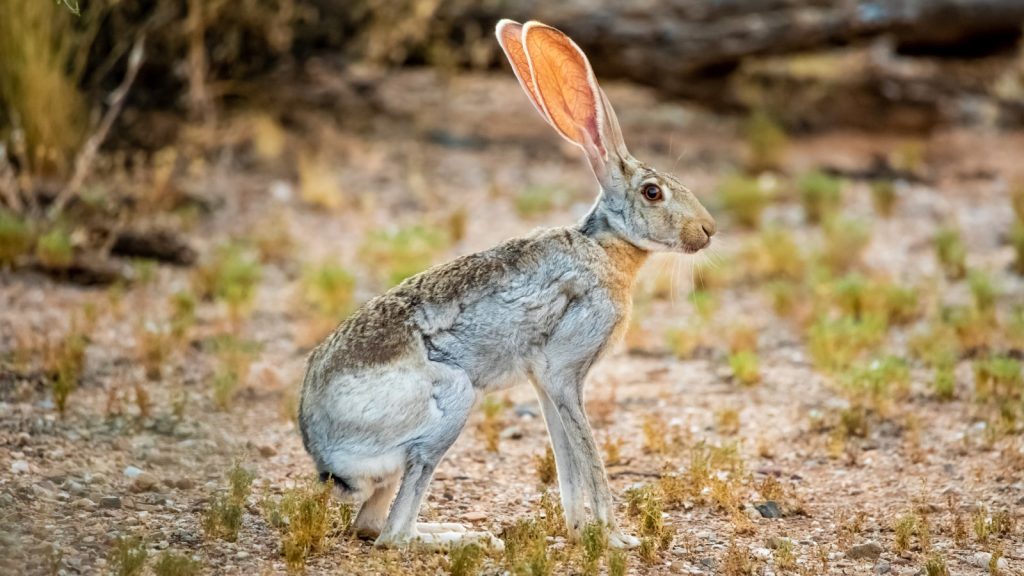
The antelope jackrabbit, found in the southwestern US and Mexico, has light-coloured fur that reflects sunlight and helps it stay cool in hot environments. In addition, their large ears, like those of fennec foxes, help dissipate heat. These adaptations allow the jackrabbit to remain active during the hottest parts of the day.
16. Albatrosses Lock Their Wings to Glide for Hours
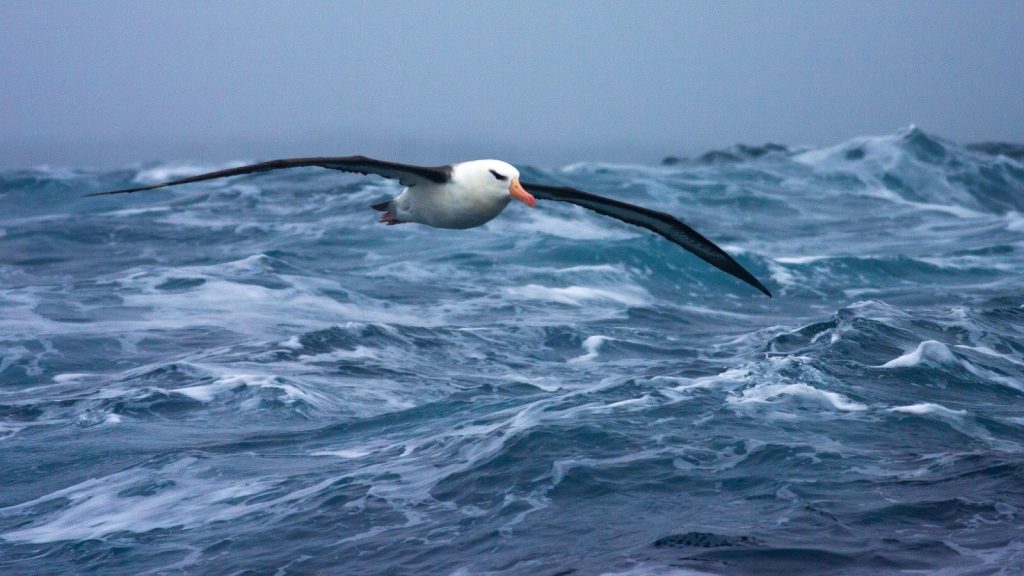
Albatrosses are masters of long-distance flight, often spending months at sea without touching land. They’ve evolved the ability to lock their wings in place, which allows them to glide effortlessly for hours without expending much energy. This adaptation is key for their survival in the open ocean, where food is scarce and energy conservation is essential.
17. Naked Mole Rats Tolerate Low Oxygen
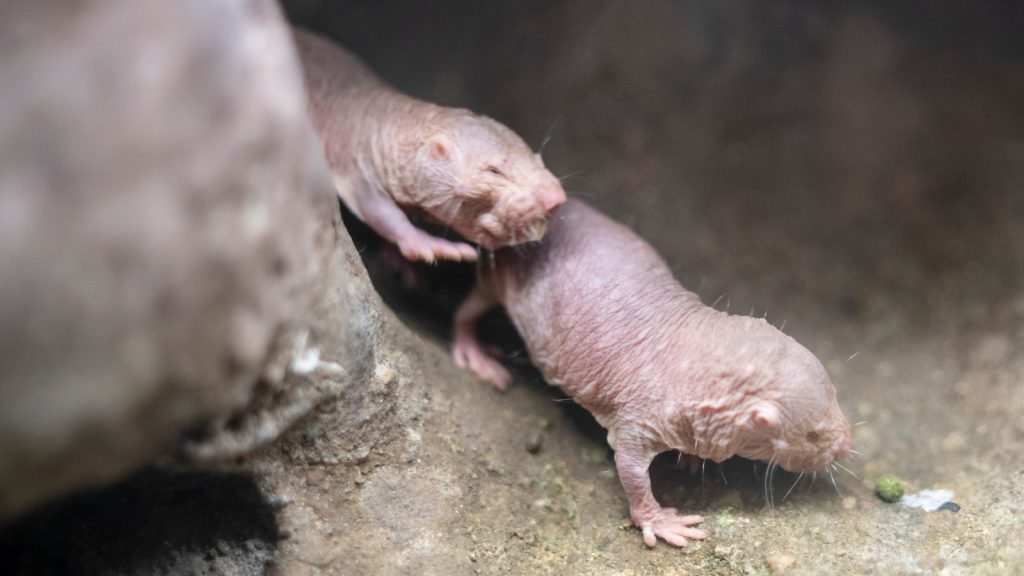
Naked mole rats are unique in their ability to survive in low-oxygen environments. Living in underground colonies with poor ventilation, they’ve developed a metabolism that allows them to survive on minimal oxygen. They can switch to anaerobic respiration, similar to plants, allowing them to thrive in conditions that would be fatal to most mammals.
18. Reindeer See in Ultraviolet
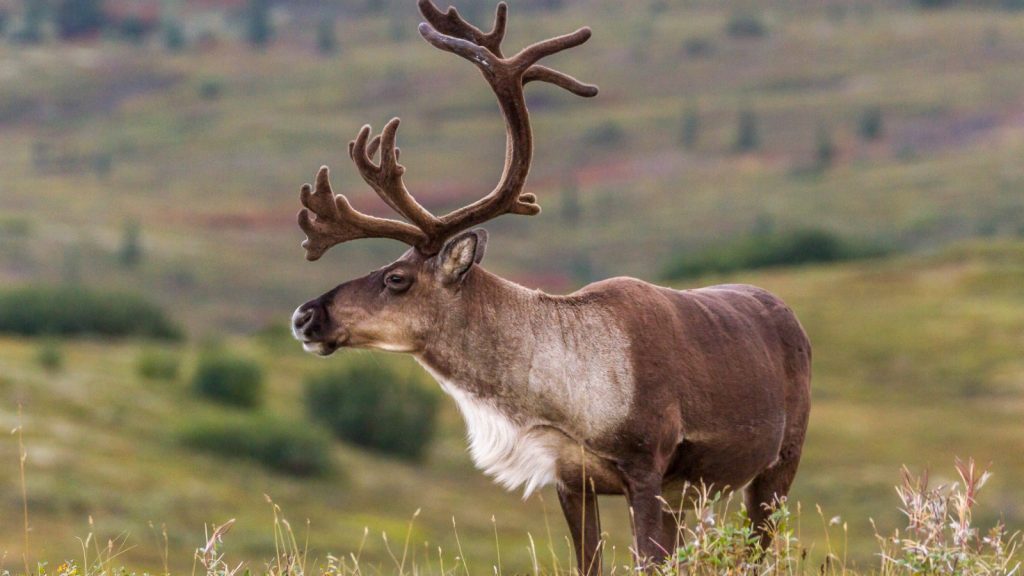
In the Arctic, reindeer have evolved the ability to see ultraviolet light, which helps them find food in snowy conditions. While most animals can’t see UV light, reindeer use it to spot lichen, a staple of their diet, and to avoid predators. This adaptation is crucial for their survival in the snow-covered landscapes of the far north.
What Meg Got Wrong About Megalodons and 27 Other Fascinating Facts About These Colossal Prehistoric Sharks
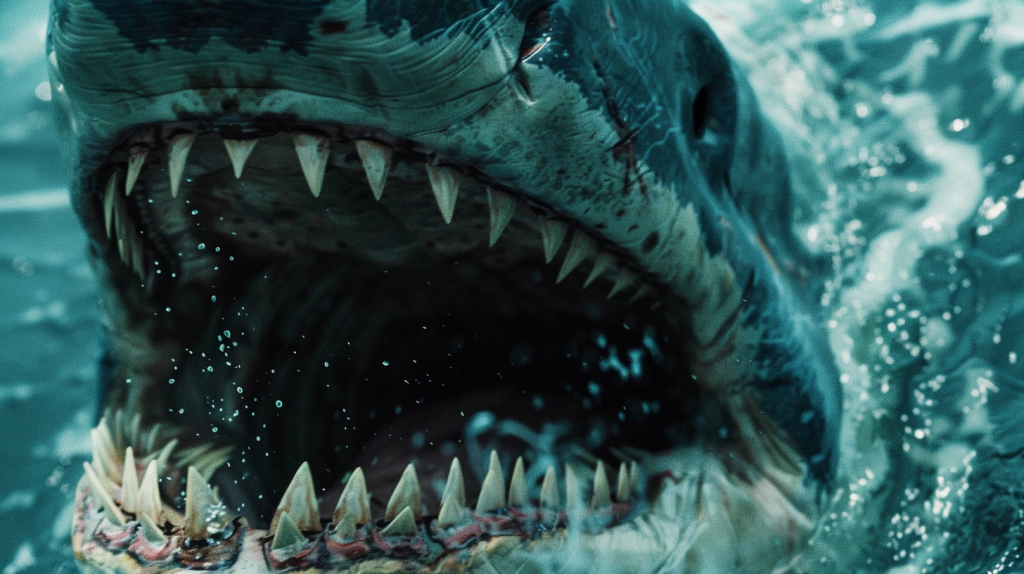
The megalodon, a massive predator that once ruled the seas, has been extinct for millions of years. Its scientific name, Otodus megalodon, means “giant tooth,” reflecting the enormous size of its teeth, which are far larger than those of today’s great white sharks. The discovery of these teeth has given us valuable information about the megalodon’s life and extinction.
Ellen has been obsessed with logic puzzles, jigsaws, and cryptograms since she was a kid. After learning she was taught how to play chess wrong by a family friend (so they could win), she joined her school chess club and the rest is history.
